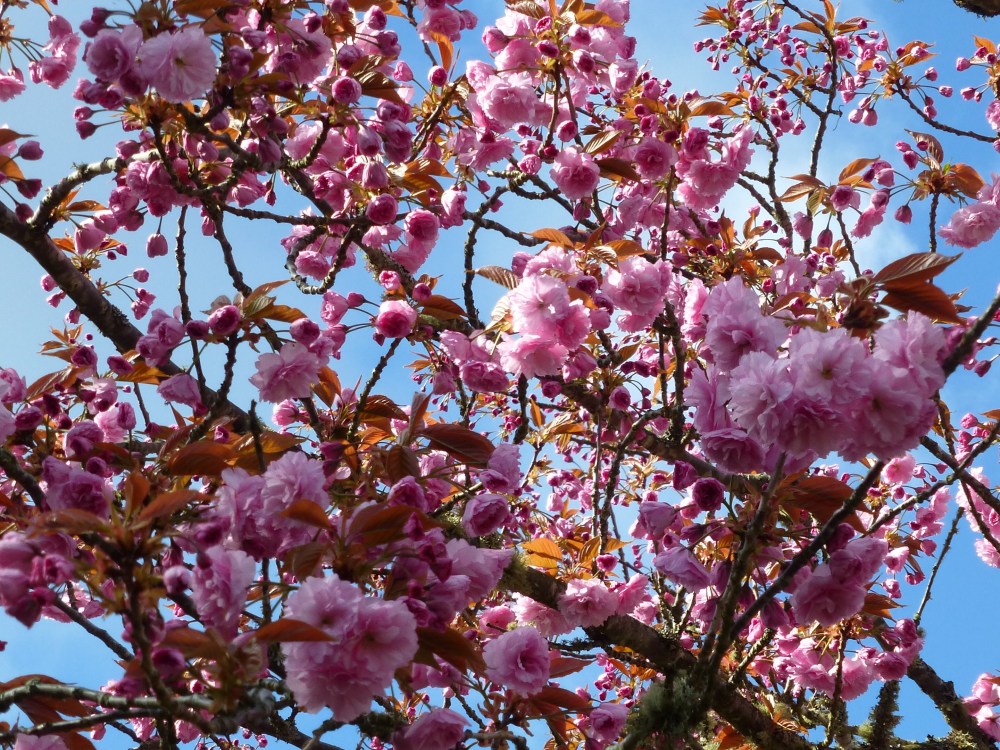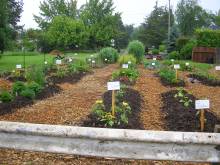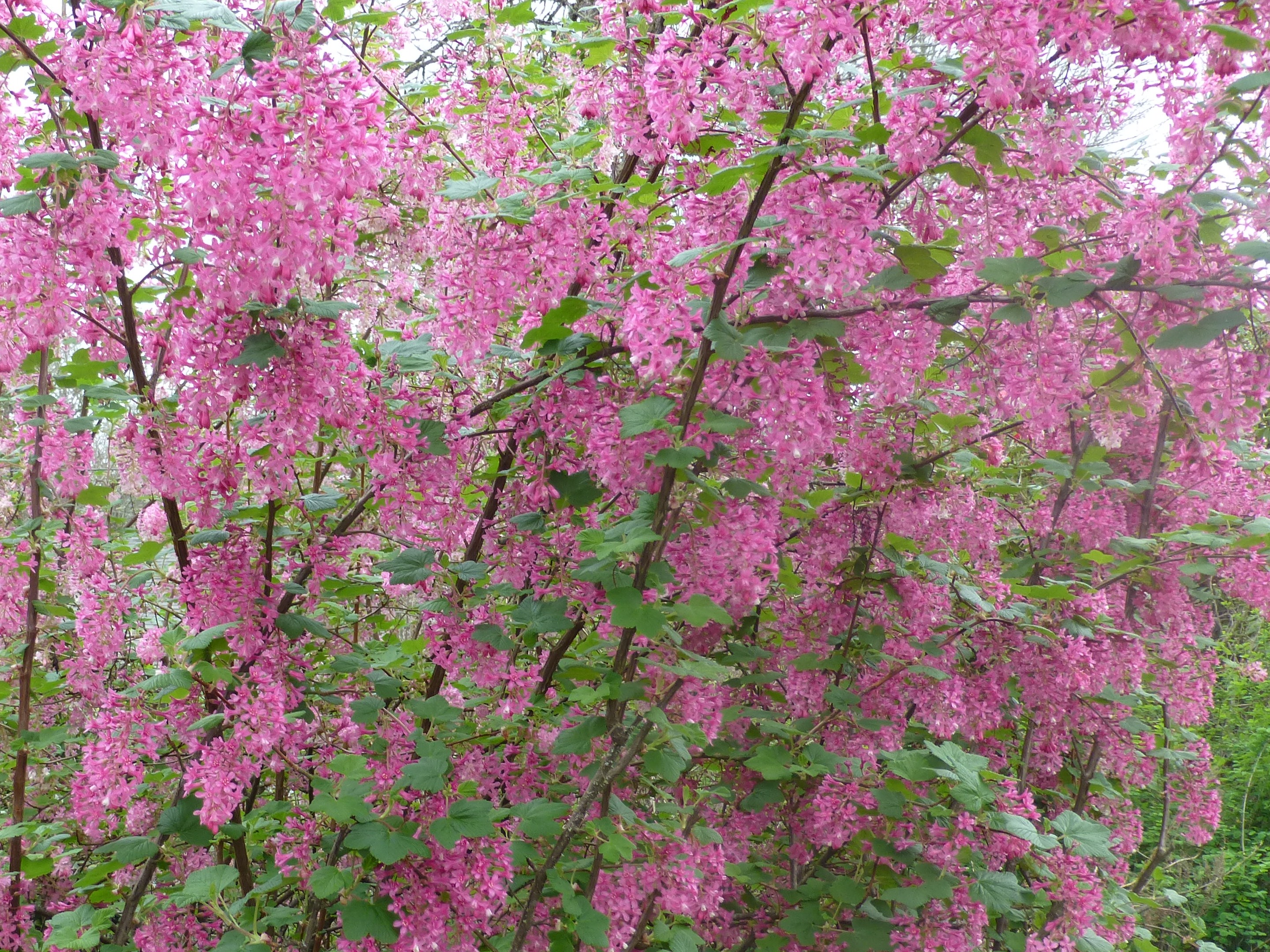“This story will bring you to a place where you can take of yourself” a traditional Chehalis storyteller might tell the child to whom they gave the gift of a story. “The place where you can take care of yourself” entailed the ethical knowledge communicated in that story. That story might teach the particular history of the land (e.g. Sme’um, the place on Grays Harbor where wildcat stole fire), but it also taught the ability to step into the place of the “other”, as they went back to the time when everyone– animals and people– spoke the same language. Stories allow us to step into other times as well: they give us history as if, as a Chehalis grandmother told me, “You are right there seeing it happen”.
We need such stories more than ever today-like the story shared with me by a group of middle-management executives, students in my professional ethics class a few years back. They related how they had been participants in a seminar given by a CEO whose success was meant to inspire them to “reach for the top” themselves. As the excitement in the room built, one man asked, “And when you reached the top, what did you see when you looked back?”
The seminar leader blurted out, “It was dead bodies all the way down!”
He meant to boast of all those he had bested to get to the top of the ladder, but his statement had an unexpected result. The atmosphere in the room shifted as the audience registered the image of a man standing alone at the top of the corporate ladder seeing only the bodies of those he had stepped on to get there. After the stunned silence, the talk turned to how to avoid such an outcome.
Emotional honesty of this type–even accidentally stumbled upon– is obviously rare in those who make it to the top by pushing others– or using them for their own ends. That makes this an especially good story to remember and retell.
But I found such honesty among many working people ready to pass on what they had learned from their experiences at the end of their lives. Loggers who helped take down the old growth forests that once dominated southwestern Washington around the turn of the nineteenth century told me such stories. There was challenge and comradeship in those wild woods as two men cut through a tree so many times larger than themselves with a cross-cut saw, a man on either end. It was a dangerous business and a rough and tumble outdoor life, full of adventure.
But when it was all over and they looked back, some saw what the executive above did: the fallen bodies of whole forests in their wake. After their great green companions had died by their own hands, it seemed they had vanquished a whole way of life. And so one logger in his nineties kept track of the changes in weather that had come from taking of trees from the land. He recorded the rain and the wind daily in a small notebook likely no one else will ever see. But he told me how much windier it was since the trees he helped log came down and how much more unsettled the weather seemed with its rain.
This was in 1974. He was not among the scientists who had begun to talk about global warming, but he had his own perspective on things. And we could have used his story.
Another logger I interviewed had worked in the woods all his life, and won numerous awards in sawing and bucking contests. But when I asked him about the story of his life, he did not talk about taking any trees down. Instead, he told me the story of three trees whose lives paralleled his own.
The first of these was a pear tree. His mother had planted it for its fruit, to give her children. Probably it or its seed had come across the Plains on a wagon, and once in this new place his mother had set into the ground. And how it had grown, taking root here! This was good land for orchards. By the time he could scramble up a tree as a young boy, that tree was there for the climbing. High in its branches grew the best fruit, where the sun hit it. He climbed it year after year to bring that fruit down. His mother loved that tree, and as it was his mother’s favorite tree, so it was her children’s. It was set down in rich bottom land where you would plant a good tree; but it was also land where the river had its way. Each year the river came closer and closer to that tree, lapping at its roots, until shortly after his mother died, the high water came up and took hold of that tree and swept it downriver.
After that her sons searched for their mother’s tree. When they found it, they brought it back and tried to re-plant it, but after she was gone it would never grow again.
The second tree was a cherry tree he himself had planted. He loved that tree as his mother loved her own. It grew straight and tall and bore well: but he never got out to see it anymore.
When I interviewed him, it was the old ash tree outside his window that held his attention. That year it had a season like no other; the blooms and then the berries that filled its branches were more numerous than its leaves. The birds came to take away the berries bit by bit, and the burden of that old tree got lighter and lighter as he watched. Now it was fall, and its leaves had gone. Only a few berries were left, but the birds were still coming.
And so the man who had lived his life by taking down trees kept watch by the trees he now saw as echoing his own cycle of life. He expressed their grace was his own–as was their coming and going.
The two men above were not unique: Ron Finne’s documentary Natural Timber Country is full of such stories. Stories that we need to hear and remark in order to learn to take care of ourselves on this land.
We can’t say for sure that the traditional practice of inhabiting stories might have saved these men their sad look back-and our world the results of their actions. But such stories give us a start in analyzing the consequences of our actions–and taking care as we as we make our own choices.
We need to tell these stories of the past rather than recording the triumphant history of the “winners” as one pioneer family put it. We need to tell the story of those who “lived it”: “The winner write history– and the rest of us just live it.”
The stories of “those who lived it” allow us to slip into the skin of another time and give us the wisdom to learn from their mistakes. They tell us how to become a “guardian of the future“, working for a world that stretches abundantly before our children and grandchildren.
Then at the end of our own lives, we will be able to tell a different story than the one that looks back at dead bodies all the way down”.
Filed under: Ethics, Folklore and Oral Tradition, Forest and farm, Northwest History and Culture, Our Earth and Ourselves | Tagged: how stories pass on ethical lessons, Oral Tradition and ethical teaching |






































The story of the dead bodies perfectly relates to our times, where executive after executive is brought down by their own unethical and over-ambitious conduct. Ironically, their MBAs does not seem to help them, because within a few years as a CEO, they begin to think less of what they learned and more of higher salaries and perks. “Earth provides enough to satisfy every man’s need, but not every man’s greed,” said Gandhi.
Anyone who grew up along with fruit trees or any tree, should think twice before becoming a logger. His memories are enough to stop him chopping down old growth forests. If all the loggers joined hands and went on permanent strike, the logging companies would be crippled. Somehow, the workers are duped that logging is the only way they can make a living. Unlike the Indians of Colombia or Brazil who, if and when they clear a section, are place’s owners to grow what they wish, the loggers here simply help developers move in and cover the place with concrete and asphalt.
Hi Sayed, thanks for your ideas here.
You make an interesting point about workers in general (not just loggers) banning together to refuse work whose results are unethical. That could certainly change our world– and get such workers out from under the “economic blackmail” that tells them this is the only way to make a living. I want to add that I don’t think it is always unethical to take down a tree, but it is a thing due consideration and care for both the tree and its environment. I do think that no case on ethical or practical terms can be made for clear cutting.
And your point about sense of ownership/belonging to the land is also well taken. Such stories as the ones here yield both a sense of belonging to the land and assessment of the long term consequences of our actions.
I agree with Sayed and how the stories about the “dead bodies” relate to our time. Our country is full of executives and CEOs who seem to do whatever it takes to get head in society. They are ran by money and wealth and when they earned their first millions, it never seemed to be enough. I look at the oil companies as a good example. They already make billions of dollars selling products that Americans need to make a living. With the rising costs of gas prices, the American wallet was hurt due to the population’s need. People needed gas to get to work and to go to the store and to get the things they needed. The public transportation system here in Salt Lake City isn’t very effective and reliable. It was and still is difficult for me to get around the city to get the things I needed. I know I’m not the only one struggling in this city and there’s millions of other people out there who are struggling. As the American population struggles, oil companies still make their billions and executives are getting richer.
It’s sad to hear about the devisating effects caused by excessive logging. Back in the early 1900’s, I don’t think logging companies even thought about the effects removing forests would have on the land. Now the removal of trees are affecting the changes in weather such as increased winds and land erosion. I’ve driven on highway 26 towards Seaside and Cannon Beach and have noticed the hillsides completely bare from the clearcut of trees. It’s a horrible site and some logging company made a lot of money from it. I think we need to leave our forests alone because they are such an important part to our environment and ecosystem. East of Boardman, Oregon on interstate 84, there is a poplar farm which grows and harvests the trees. It’s so interesting seeing that the workers dated the year when trees were planted. There’s some trees that have been growing for over ten years. I don’t know how many years the poplars grow for until they’re harvested, but the workers are quick to get the soil ready to plant more poplar seedlings. Tree farms are a great way to save our forests and to fulfill our needs for lumber. Hopefully this practice will catch on soon.
Reading this story reminded me of a story my husband told me about when he was a kid in boy scouts. For a scout project, him and his fellow scouts planted seedlings with the intent of growing a forest. The scout leader told the boys to plant the trees in straight lines with about 4-6 feet apart in distance. Doug, being the little rebel he was, was planting trees all over the place rather than planting them in the uniform lines the other boys were doing. When the leader asked him what in the world he was doing, Doug replied, “When have you ever seen a forest with perfectly straight lines?” The scout leader was caught offguard with Doug’s response. But it’s true!
Very interesting response, Ashley. Your husband had something thing: trees don’t seed themselves in straight lines for sure. I think that may be a problem with a tree farm that has only one crop as well. Trees don’t grown by themselves as single crops on the land.
I am sorry that the economic situation is hitting you as it is hitting so many… but I do think that the stories above tell us that ultimately those at the top will be utterly powerless in their isolation. That does not mean that many of us will not have a hard time (and those in poor countries throughout the world will have an even harder time) because of the irresponsible actions of these. I think we can only turn to community: you are certainly not alone in your values!
Thanks for the comments!
This article first of shows how our words can illustrate the lives we lead. What stories do want to leave behind? Depending on our actions, they will either be ones of more destruction or ones of restoration. The stories of our past thus far are ones of terror and cruelty towards humanity as well as to our environment. As McDonough states in “Loving the Children of All Species for all Times”, “what stories will we be telling 5000 years from now?” And of course, if we continue on this course, humanity can only hope we will be able to tell these stories 5000 years from now. I would say the values to change this outlook is look to our roots which are the elders and indigenous people and learn from their past stories and the value of community of working together for the common good of our earth, so as bring about restoration to our world and environment.
I do think that some have left more positive legacies, Tina. But our culture has a whole has not– and we need to change that for the sake of those who will inherit the results of our actions. Thanks for you comment.
I do think that some have left more positive legacies, Tina. But our culture has a whole has not– and we need to change that for the sake of those who will inherit the results of our actions. Thanks for you comment.
Moral stories can be so powerful in the pure minds of children. They are a way to guide them away from an ethical dilemma to a grounding place where they can look directly into the eye of consequence. Some lessons are better learned lived. But some simply cannot be grasped because they come from a different time or place. Some are too enormous for us to allow. Stories are a way for us to question the possible outcomes of our choices before we take action.
I grew up listening to the stories my grandmother would tell of her life in Hong Kong. Sometimes she remembered vividly the details within the story, like what the date was or what she was wearing. Those stories were just as good, if not better, than any book I had ever read. And, better yet, they were real and about a place from which I had come. I came to know my grandmother deeper with those stories, and I met relatives I will never know. Her stories made me want to be a better person, and they helped me understand the person she had become. Now her stories live in me and I will try and remember the details enough to share them with my own children. Our stories are our legacies. They are the “dead bodies all the way down” that we leave behind for generations to come. When we turn around and look back, what will we see?
You were very fortunate to have a grandmother who shared such stories with you, Staci.
As for needing sometimes to learn from experience– true, but the thing about stories is that in older traditions, the audience enters them and lives the story with its actors. Thus they DO experience these things–and thus are saved from having to make some mistakes in real life.
In the years that I worked as a professional storyteller, I was struck by the ways in which my audiences saw and heard and felt the stories I told.
Thanks for your comment.
Stories that bring us together:
In a recent indigenous knowledge sustainability event, the speaker, Elder Gail Woodside held a handmade clay pot in her hands. This clay pot was decorated by native hands for which she proudly said was her Grandmother’s pot. It showed wear, and even had a small crack, which Elder Gail said happened when her daughter dropped it when she was young. This pot was 100 years old. Elder Gail told us that the pot resembled her Grandmother’s knowledge about things in nature, full and complete knowledge handed down generation after generation through oral history. Her Grandmother’s indigenous knowledge about sustainability and the practice of her father’s use of fire to help things grow. Elder Gail then held the pot up over her head, then let the pot drop. We were shocked, and held our breath as the pretty little pot broke to pieces. In her soft voice, Elder Gail bent down, picking up a piece of the broken pot, and said, this….is the knowledge I have. Elder Gail said the old ways and the knowledge is broken. Small pieces are used borrowed from Native peoples, while the rest ignored as un-specialized or not scientific. Elder Gail then asked all of us to come forward and take a piece of the pot. She challenged us all to come back this coming spring to put the little 100 year old pot back together as a symbol of unity in sharing our efforts to present indigenous knowledge in sustainability as an all day event for spring term. So that the knowledge of sustainability can once again be as close to being whole once more.
Thanks for sharing this powerful and profound story here, Val! This story takes my breath away: what courage and wisdom in this elder–not to mention generosity and trust that the community would rebuild this broken treasure. Since the word “healing” means at its root “to make whole”, Elder Gail provided an occasion for all of you (and now us, through the story) to participate in healing in the truest sense of the word!